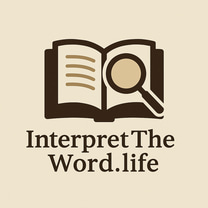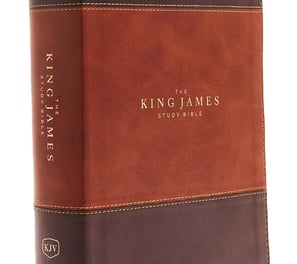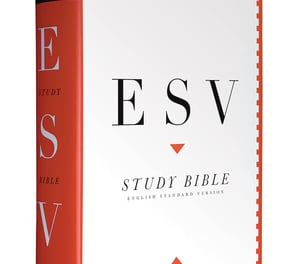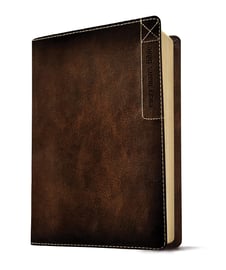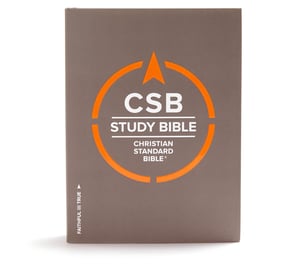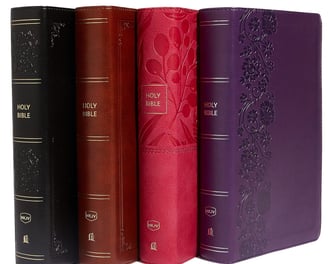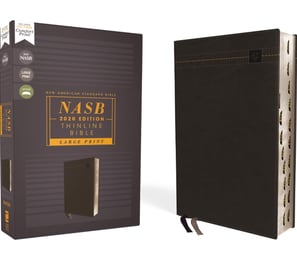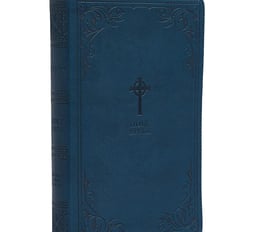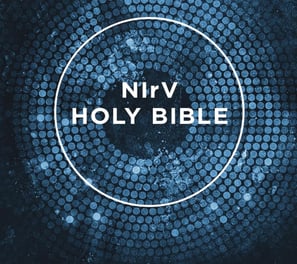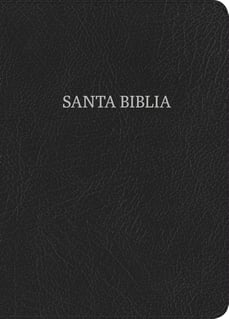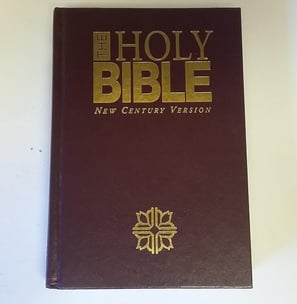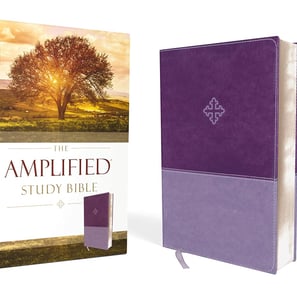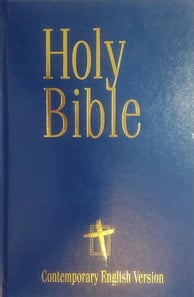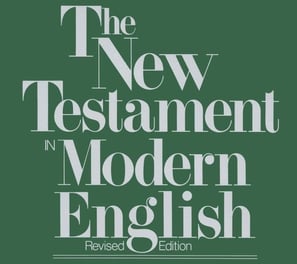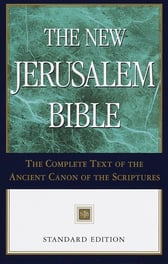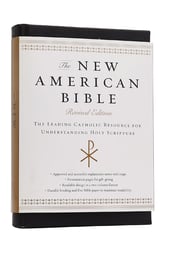Understanding Translations
Choosing the best English Bible translation is a nuanced process shaped by the reader’s purpose, theological background, and reading level. Translation philosophies vary: formal equivalence seeks word-for-word accuracy and is favored for academic study, while dynamic equivalence prioritizes conveying meaning in contemporary language for greater readability. A third approach, optimal equivalence, aims to balance these two methods. Recent discoveries like the Dead Sea Scrolls have further refined and validated the textual basis of many modern translations, enhancing their reliability and scholarly value.
Ultimately, the best translation depends on your goals—whether you seek precise study, devotional reading, or a blend of both. Many scholars and readers recommend consulting multiple translations to gain a fuller understanding of Scripture, as each version brings unique strengths and perspectives. The most effective translation is the one you will read, engage with, and allow to shape your life.
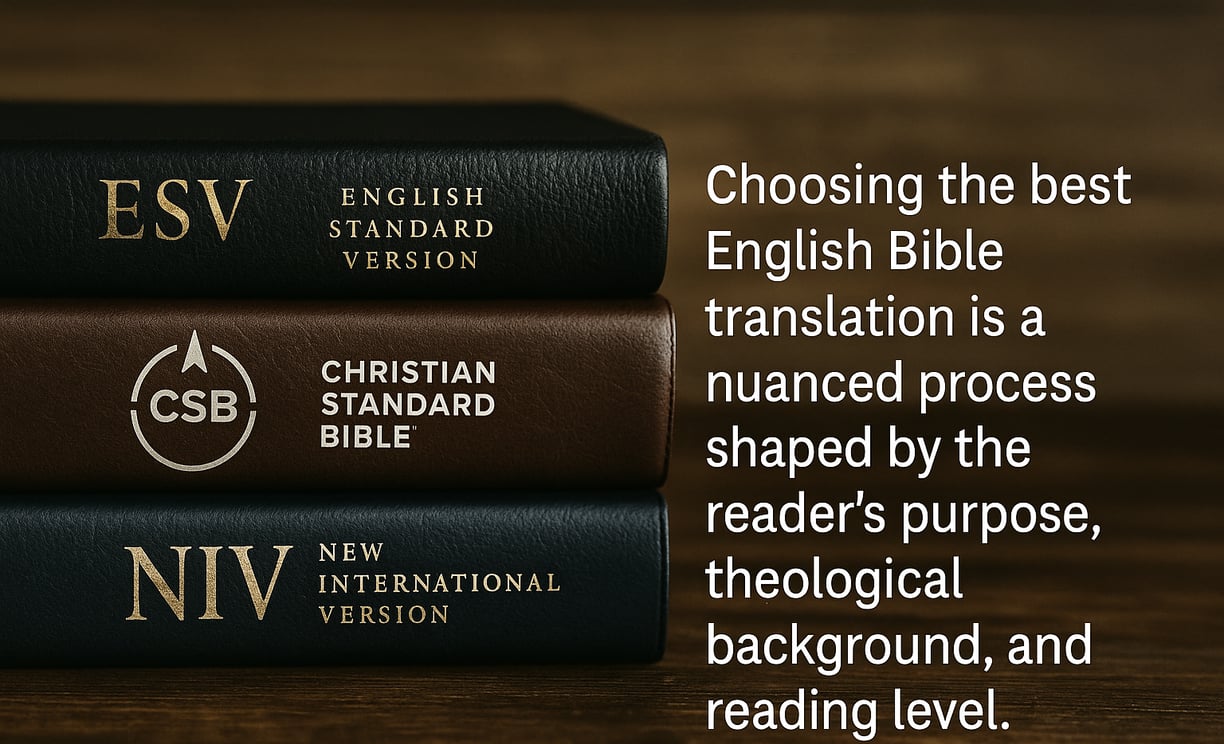

History of the English Bible
Discover how the Bible came to be translated into English—a journey marked by courage, conviction, and careful scholarship. From early handwritten manuscripts to the printed pages of modern translations, the history of the English Bible reveals God’s faithfulness in preserving His Word and making it accessible to every generation.
Popular Translations
With many English Bible translations available today, each offers a unique approach to language, readability, and accuracy. This section introduces some of the most widely used versions—like the ESV, NIV, KJV, and NLT—highlighting what sets each apart and how they can serve different needs in study, devotion, and teaching.
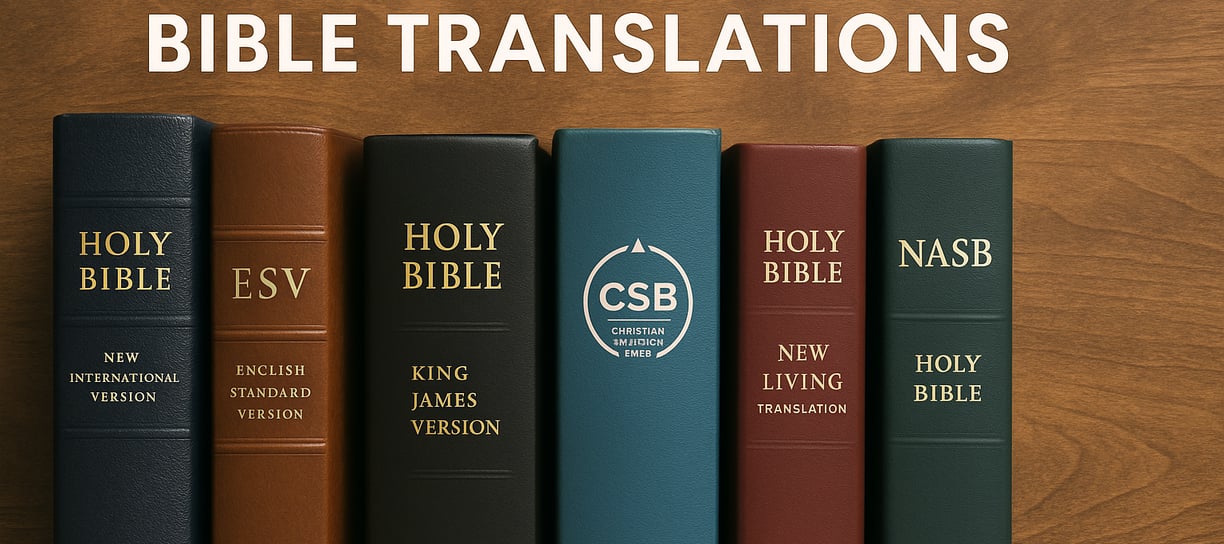


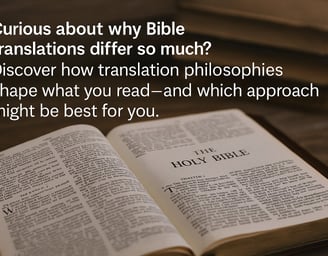
Bible Translation Philosphy
Curious about why Bible translations differ so much? Discover how translation philosophies shape what you read—and which approach might be best for you.
The Most Used English Translations
Our strength lies in our individuality. Set up by Esther Bryce, the team strives to bring in the best talent in various fields, from architecture to interior design and sales.
New International Version (NIV)
A balanced translation that blends dynamic equivalence and optimal equivalence for clear, contemporary English.
King James Version (KJV)
A classic formal equivalence translation, known for its word-for-word approach and majestic language.
English Standard Version (ESV)
An essentially literal, formal equivalence translation that emphasizes accuracy and readability.
New Living Translation (NLT)
A dynamic equivalence translation focused on thought-for-thought clarity and modern, natural expression.
Christian Standard Bible (CSB)
This translation is positioned between dynamic equivalence and optimal equivalence, aiming for both readability and accuracy.
New King James Version (NKJV)
The NKJV is closer to the formal equivalence (word-for-word) end, maintaining much of the KJV’s literal style with updated language.
New American Standard Bible (NASB)
The NASB is considered one of the most literal translations available, firmly in the formal equivalence category.
The Message (MSG)
The Message is a paraphrase, focusing on contemporary language and thought-for-thought rendering, and sits at the paraphrase end of the spectrum.
New Revised Standard Version (NRSV)
A formal equivalence translation valued for its accuracy and inclusive language, widely used in academic and liturgical settings.
New International Reader’s Version (NIrV)
A simplified, dynamic equivalence translation designed for children and those new to English.
Good News Translation (GNT/TEV)
A dynamic equivalence Bible known for its clear, easy-to-read style and broad accessibility.
Common English Bible (CEB)
A balanced translation that uses contemporary language to make Scripture understandable for today’s readers.
Reina-Valera (Spanish)
A classic formal equivalence Spanish translation, highly influential in the Spanish-speaking Christian world.
New Century Version (NCV)
A dynamic equivalence translation written in straightforward, modern English for easy comprehension.
Amplified Bible (AMP)
A formal equivalence translation that expands key words and phrases to clarify meaning and nuance.
Contemporary English Version (CEV)
A dynamic equivalence translation with simple, conversational English aimed at broad readability.
New English Translation (NET)
A formal equivalence translation notable for its extensive translators’ notes and transparency in translation choices.
J.B. Phillips New Testament (PHILLIPS)
A dynamic, paraphrastic translation of the New Testament, praised for its vivid and engaging language.
New Jerusalem Bible (NJB)
A formal equivalence translation with literary style, popular among Catholic readers and scholars. There is also a revised edition.
New American Bible (NAB)
A formal equivalence translation widely used in Catholic liturgy and study in the United States.
